SOURCE: IDRW.ORG


Maraal Aerospace Pvt Ltd, an IIT Kanpur incubated startup, has introduced a groundbreaking High-Altitude Pseudo-Satellite (HAPS). This innovative unmanned aerial vehicle (UAV) is designed to operate at an altitude ranging from 18 to 30 kilometers, offering several advantages over traditional satellites.
One of the key benefits of the HAPS is its low operational altitude, which enables it to provide high-resolution, conclusive, and effective surveillance multimedia. By operating at 18-20 kilometers, the HAPS can offer round-the-clock services similar to a geostationary satellite. With an endurance of up to 12 weeks, it can be deployed for extended periods.
Continue readingSOURCE: RAUNAK KUNDE / NEWS BEAT / IDRW.ORG
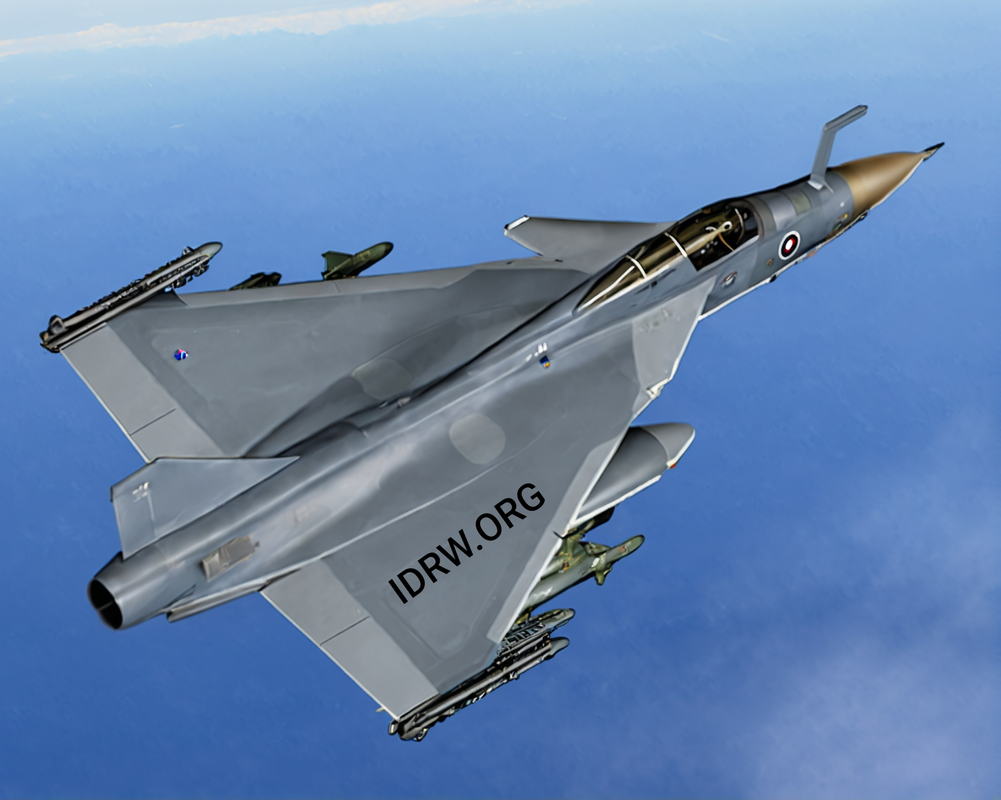

Air Chief Marshal Amar Preet Singh, Chief of the Air Staff (CAS) of the Indian Air Force (IAF), provided a detailed update on the much-anticipated Tejas MkII program during a press briefing on Friday. He outlined key milestones for the program and emphasized the need for greater collaboration with the private sector to expedite the production and operationalization of the indigenous fighter jets. The CAS also reflected on past delays in the Tejas Mk1 project and stressed the importance of learning from those experiences to ensure smoother development for future platforms.
Air Chief Marshal Singh confirmed that the Tejas MkII is on track for its first flight next year, marking a crucial step forward for India’s indigenous fighter program. The research and development (R&D) phase for the Tejas MkII is set to conclude by December 2027, with the IAF planning to induct the first units by 2028. The IAF has already committed to acquiring at least 120 Tejas MkII jets, which are expected to fill a vital role in the force’s combat fleet, especially as older aircraft are phased out.
Continue readingSOURCE: RAUNAK KUNDE / NEWS BEAT / IDRW.ORG
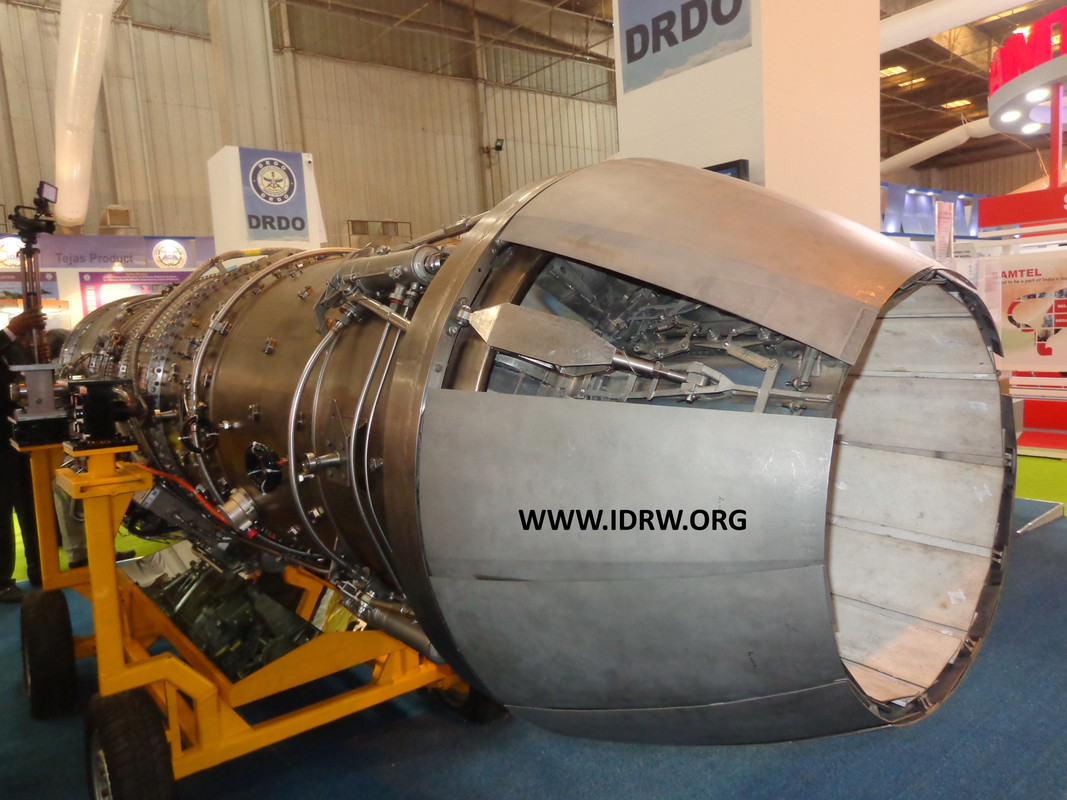

India’s Gas Turbine Research Establishment (GTRE) is making significant strides in developing an advanced jet engine that could eventually replace the imported power plants in India’s fighter aircraft fleet. Building on its existing work with the Kaveri engine, GTRE is now focusing on validating the current Dry Kaveri engine with an afterburner to achieve wet thrust performance.
Once validated, the organization plans to secure approval and funding for the development of a new prototype core engine, often referred to as “Kaveri 2.” This engine is expected to meet the needs of India’s combat aircraft, offering a domestic alternative to the U.S.-made F-404 and F-414 engines currently used in the Tejas program.
Continue readingSOURCE: RAUNAK KUNDE / NEWS BEAT / IDRW.ORG
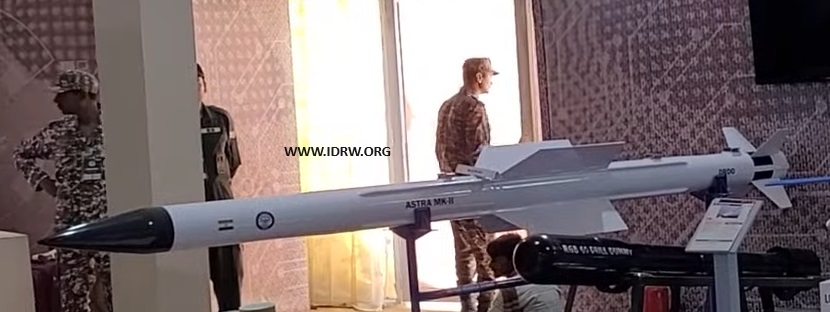

The Defence Research and Development Organisation (DRDO) is gearing up to commence full-fledged developmental trials of the Astra MkII beyond-visual-range (BVR) missile from next year. This significant milestone brings India closer to fielding a state-of-the-art air-to-air missile capable of neutralizing threats at long ranges.
The Astra MkII, an upgraded version of the existing Astra MkI missile, boasts an impressive range of 140-160 kilometres against fighter-sized targets. It has already undergone multiple air-to-air trials, including an unguided mode test to evaluate its Dual-Pulse motor.
Continue readingSOURCE: IDRW.ORG


Recent media reports have suggested that the Indian Army has chosen not to deploy its Boeing AH-64 Apache attack helicopters in high-altitude areas due to their limited performance in such regions. However, sources within the Indian Army have clarified to idrw.org that these reports are a misrepresentation of the facts. The Indian Army had never intended to use its Apache helicopters in high-altitude regions, as they were specifically procured to support Strike Corps operations in more suitable terrains.
The Apache AH-64 attack helicopters, globally recognized for their firepower and versatility, were purchased by the Indian Army with a clear operational focus. Contrary to media reports suggesting performance issues in high-altitude environments, Army officials have confirmed that the helicopters were never intended for such roles.
Continue readingSOURCE: IDRW.ORG TEAM
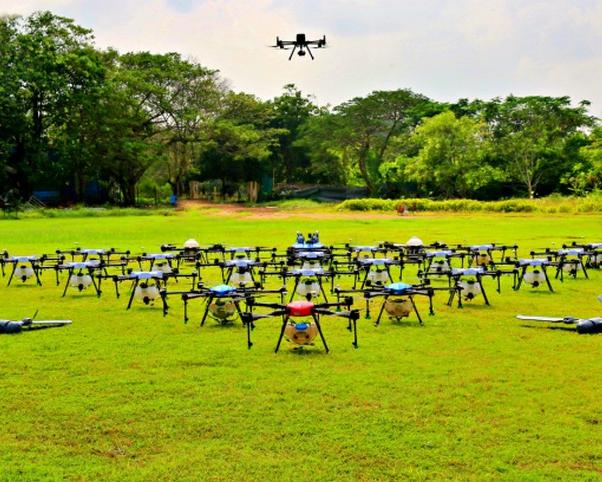

Garuda Aerospace, a leading agritech startup based in Chennai, has announced its plans to concentrate on the development of swarm drones, tethered drones, and underwater drones. The company is also gearing up for the inauguration of its new Defence Drone Facility in Chennai.
The Defence Drone Facility, spanning 30,000 square feet, will be equipped with state-of-the-art design, manufacturing, and testing facilities. This facility, developed in partnership with Hindustan Aeronautics Limited (HAL) and BEML Limited, will focus on indigenizing drone subsystem development and local production of critical components, such as motors, batteries, and transmitters.
Continue readingSOURCE: RAUNAK KUNDE / NEWS BEAT / IDRW.ORG
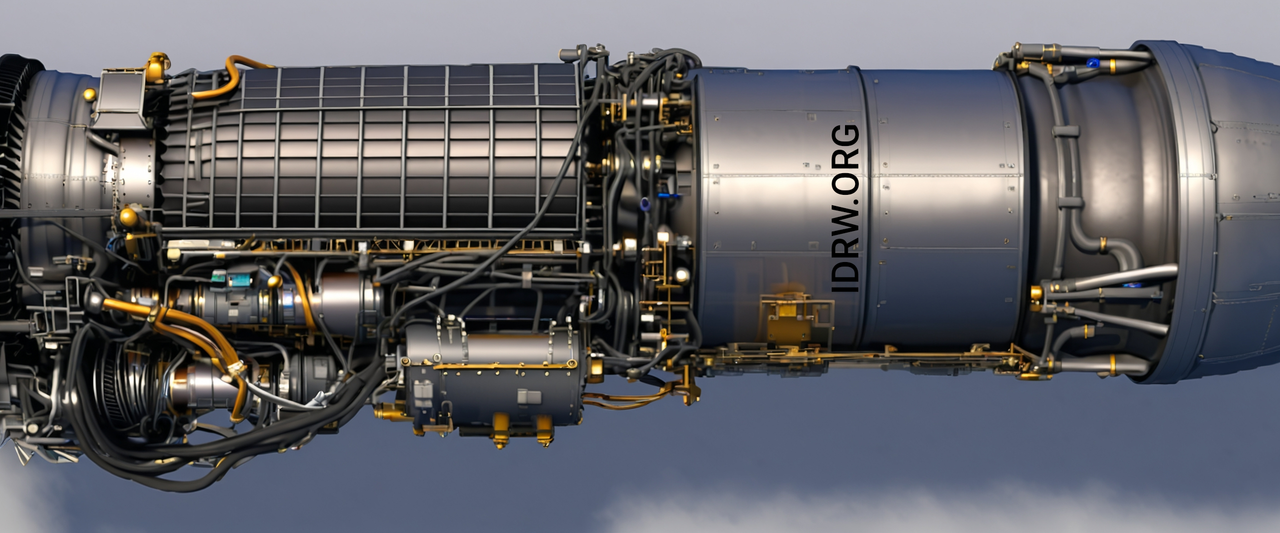

The Indian Air Force (IAF) is exploring the possibility of inviting private sector companies to establish a Maintenance, Repair, and Overhaul (MRO) facility for the F-404 engines powering its Tejas Mk1A fighter jet fleet. This move comes as the IAF plans to place orders for over 97 more Tejas Mk1A jets by the end of the year.
Currently, the F404-IN20 engines, which are directly imported from GE Aerospace, are exclusively maintained by the IAF. However, with the expansion of the Tejas fleet, the IAF is considering outsourcing engine maintenance to private sector companies. This could involve the IAF procuring spares and consumables directly from the Original Equipment Manufacturer (OEM), while HAL, the manufacturer of the Tejas Mk1A, would not have a direct role in engine maintenance.
Continue readingSOURCE: RAUNAK KUNDE / NEWS BEAT / IDRW.ORG
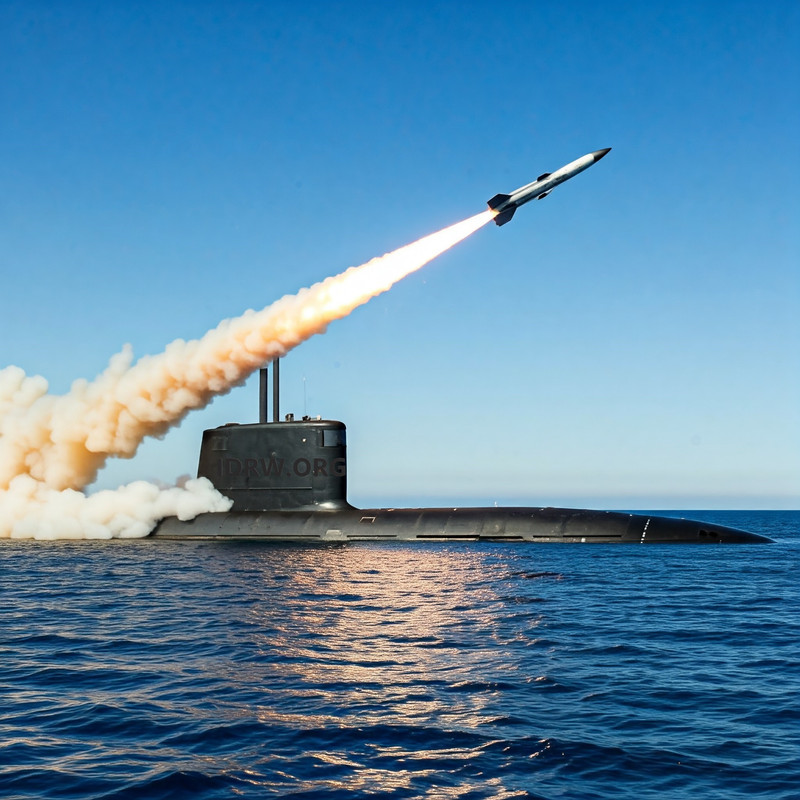

India’s Defence Research and Development Organisation (DRDO) is working on the development of the Naval Anti-Ship Missile–Medium Range (NASM-MR) for the Indian Navy. This next-generation missile is designed to bolster the Navy’s capabilities by replacing ageing missile systems and adding cutting-edge technology to its arsenal. The NASM-MR represents a significant leap in anti-ship warfare, with the potential to reshape India’s maritime defence strategy.
As part of DRDO’s plan to enhance the versatility of the NASM-MR, the organization is also developing a submarine-launched variant. This version will be modified for launch from torpedo tubes, allowing India’s submarines to strike enemy vessels without surfacing, providing a significant tactical advantage.
Continue readingSOURCE: RAUNAK KUNDE / NEWS BEAT / IDRW.ORG
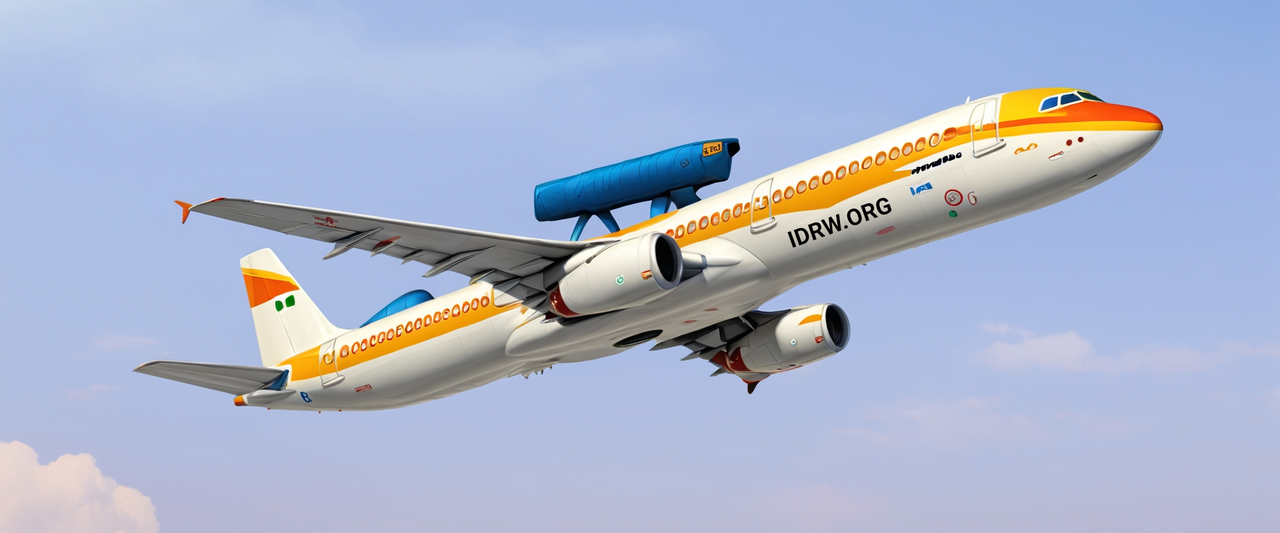

The Defence Research and Development Organisation (DRDO) is gearing up to transform the Indian Air Force’s (IAF) existing A321 aircraft into sophisticated Airborne Early Warning and Control (AEW&C) platforms. The ambitious project, estimated to cost Rs 10,990 crore, is expected to begin in 2025 and culminate in the delivery of the first AEW&C Mark-2 aircraft by 2027-28.
The A321s, previously owned by Air India, are undergoing a significant upgrade to equip them for military service. A new avionics suite is being installed, specifically designed for military aircraft. Additionally, Airbus has appointed an Indian firm to oversee the installation of the main dorsal antenna, which is currently under development and undergoing rigorous computer simulations.
Continue readingSOURCE: IDRW.ORG
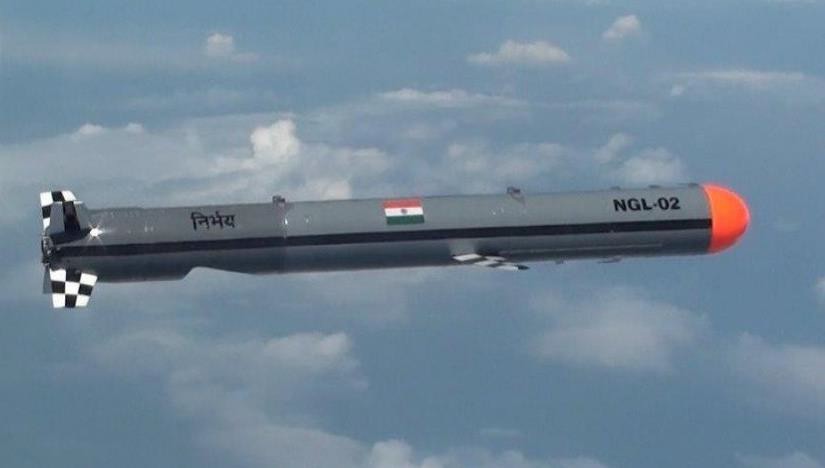

The Indian Army is gearing up to conduct user trials of the Nirbhay sub-sonic cruise missile. This development comes as the missile nears the completion of its developmental trials, powered by a locally made STFE engine.
Sub-sonic cruise missiles with a range of 1000 km are a crucial component of the upcoming Rocket Force, which is set to become the fourth service wing of the Indian Armed Forces. The Nirbhay missile has already been successfully tested from a truck-mounted system earlier this year.
Continue readingSOURCE: IDRW.ORG
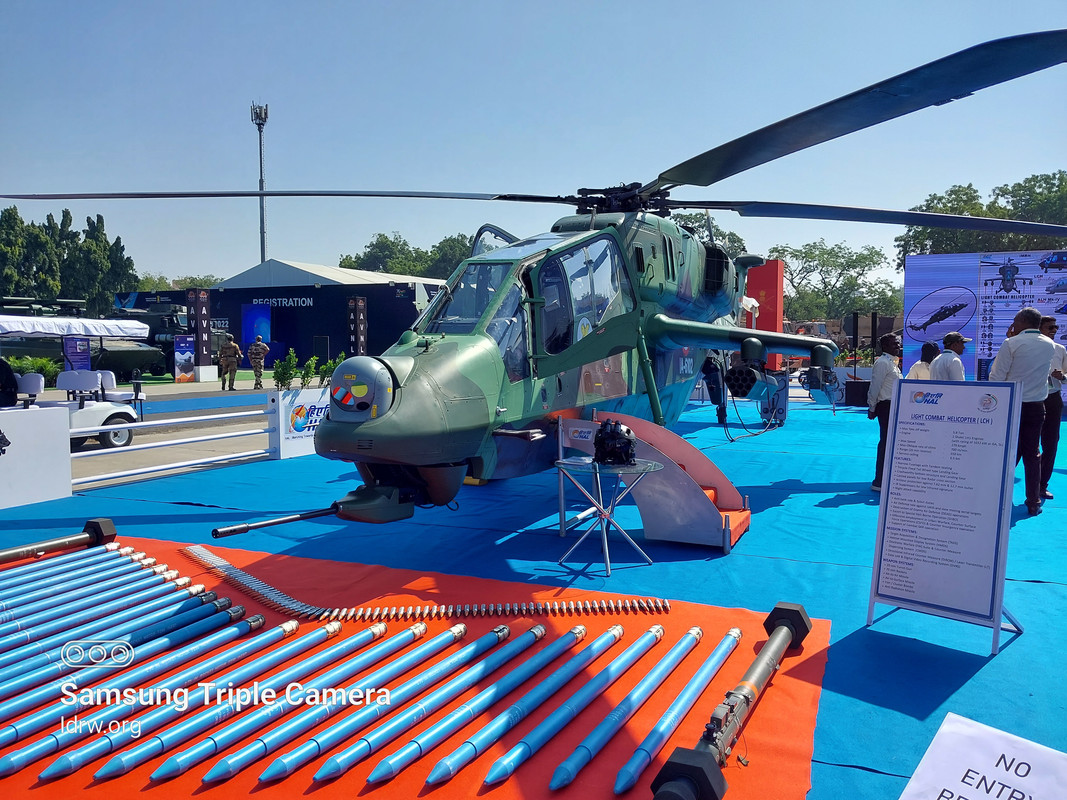

The Indian Army’s aviation wing, which has traditionally operated utility helicopters, took a significant leap forward with the induction of its first dedicated attack helicopter, the Light Combat Helicopter (LCH), in November 2022. The first LCH squadron, 351 Army Aviation, was moved to Missamari, Assam, located near the Line of Actual Control (LAC), a strategic area in the Eastern sector. This marks a pivotal shift in the Army’s air power capabilities, enabling more effective combat operations in both high-altitude and challenging terrains.
In a significant move to enhance the Army’s combat aviation strength, the Defence Acquisition Council (DAC) has approved the procurement of 156 LCHs at an estimated cost of ?45,000 crore. Of these, 90 will be for the Army, and 66 will go to the Air Force. This is in addition to the 15 limited series production (LSP) LCHs currently being procured — 10 for the Indian Air Force (IAF) and five for the Army, at a cost of ?4,264 crore.
Continue readingSOURCE: RAUNAK KUNDE / NEWS BEAT / IDRW.ORG


The Aeronautical Development Agency (ADA) has recently issued an Expression of Interest (EOI) to identify a proven Helmet Mounted Display and Sight (HMDS) system that meets the operational and technical requirements for its current aircraft programs. This move represents ADA’s intent to gather essential information to finalize the technical specifications for procuring and integrating an HMDS system.
The EOI, issued on a No Cost No Commitment (NC/NC) basis, aims to engage with vendors capable of supplying and integrating a ready-to-deploy HMDS system for ADA’s aircraft programs. Importantly, the EOI does not guarantee the issuance of a future Request for Proposal (RFP) but seeks to collect information that will guide the decision-making process for this advanced technology integration.
Continue readingSOURCE: RAUNAK KUNDE / NEWS BEAT / IDRW.ORG


The Indian Air Force (IAF) is adopting a proactive approach to maintain the operational effectiveness of its indigenously developed Tejas Mk1A fighter jets by implementing regular minor upgrades throughout the aircraft’s lifecycle. As the Tejas Mk1A enters the fleet in larger numbers, the IAF is focusing on periodic improvements every three years to ensure the aircraft remains relevant against evolving threats and technological advancements.
Given the rapid pace of technological changes, particularly in avionics, radar systems, and combat software, the IAF recognizes the need to address obsolescence more frequently. In modern fighter jets, the lifespan of technologies has shortened significantly, with the obsolescence cycle now reduced to just three years. To stay ahead, the IAF is planning incremental enhancements in both hardware and software.
Continue readingSOURCE: RAUNAK KUNDE / NEWS BEAT / IDRW.ORG


The Armenian Army has completed trials of six units of the Advanced Towed Artillery Gun System (ATAGS) 155mm/52 calibre towed guns, supplied by India in 2023. According to Armenian Army sources to idrw.org, the guns have cleared all operational tests conducted in various locations across the country.
The initial batch of six ATAGS guns was programmed with the Armenian language in the Trajectory Computation Module (TCM) as requested by the Armenian Army. Additionally, several other modifications were made to tailor the guns to the specific requirements of the Armenian military.
Continue readingSOURCE: IDRW.ORG
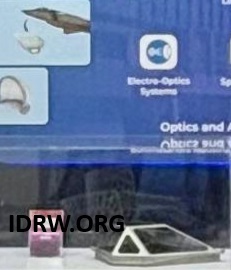

Bangalore-based Optics and Allied Engineering Pvt. Ltd.(Optica) has unveiled what appears to be a single sapphire housing designed to accommodate the Electro-Optical Targeting System (EOTS) for India’s Advanced Medium Combat Aircraft (AMCA) project. This development marks a significant step forward in enhancing the AMCA’s targeting capabilities and aligning the aircraft with global fifth-generation fighter standards.
The EOTS is a high-performance, lightweight, multi-functional system that provides precision air-to-air and air-to-surface targeting capabilities. Integrated into the front fuselage of the AMCA, the system will feature a durable sapphire window, known for its strength and resistance to damage. The sapphire housing will protect the sensitive targeting system while maintaining a low-drag, stealthy profile crucial for maintaining the aircraft’s stealth capabilities.
Continue reading